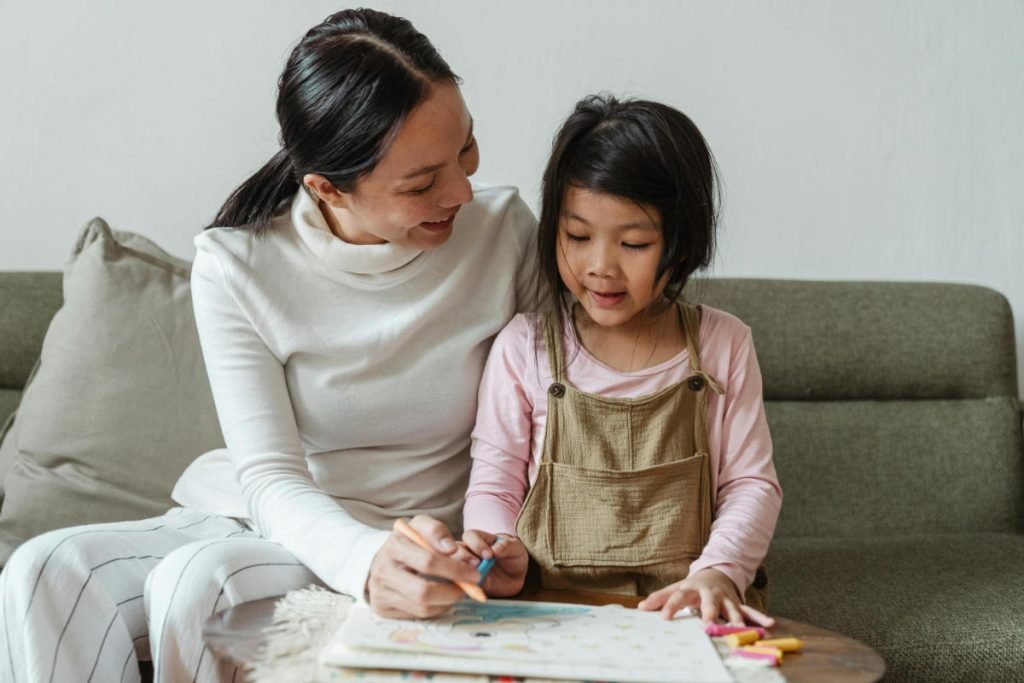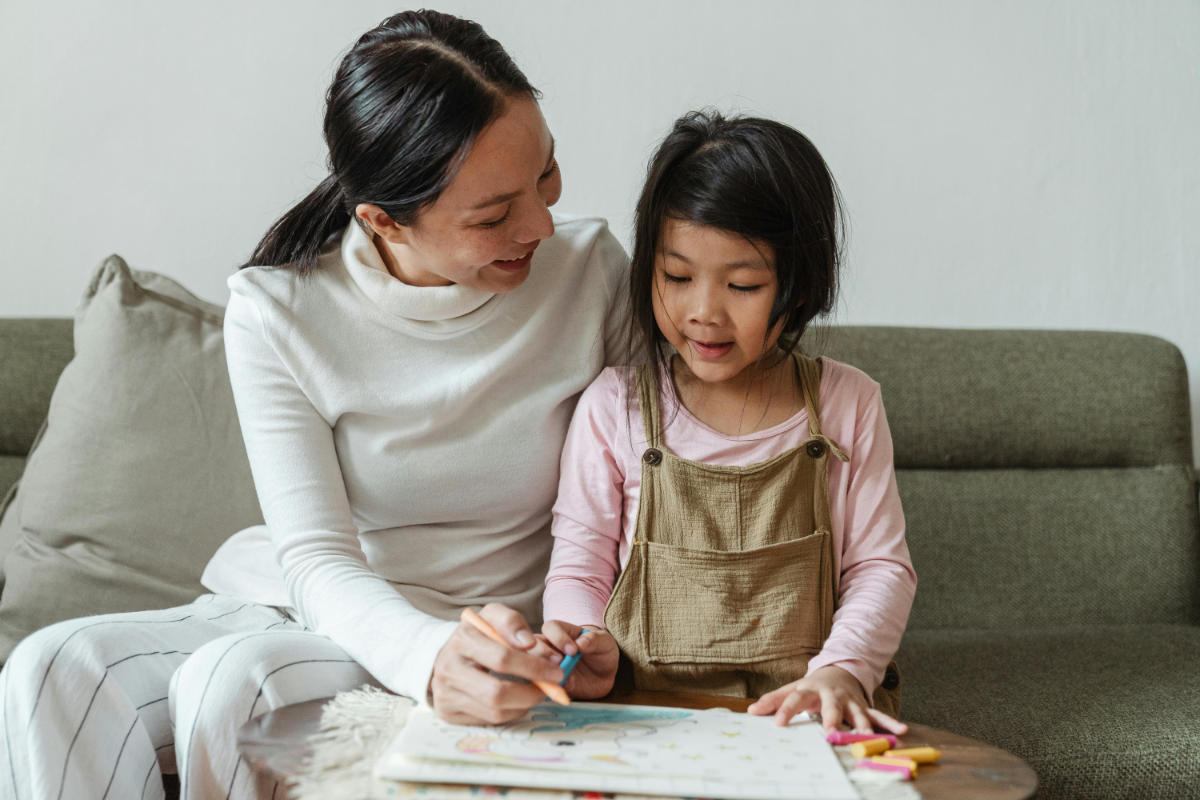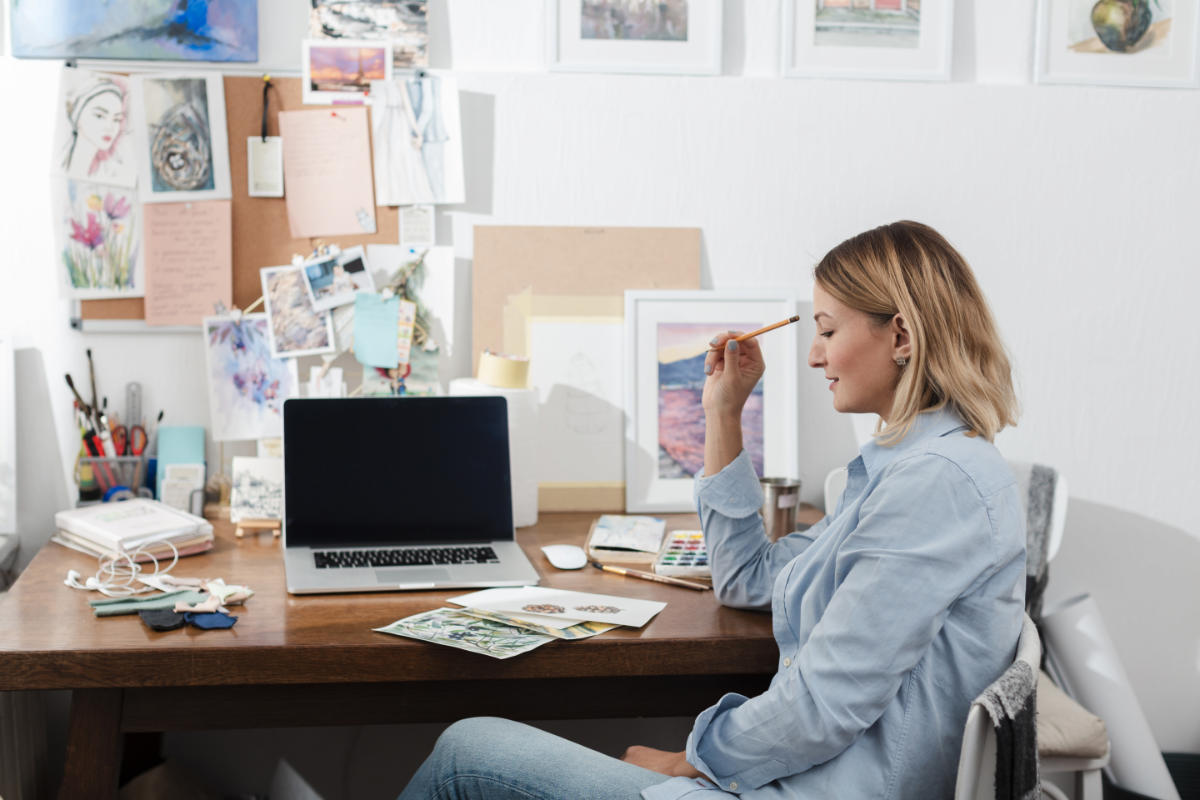
Introducing children with learning disabilities to the arts serves a purpose far beyond mere entertainment. It acts as a gateway to a wider realm of opportunities for self-expression, cognitive development, and emotional health. A tailored, sensitive approach can be transformative in bolstering their self-confidence and honing their skills. In this article from Artsefact, we aim to provide parents with a comprehensive roadmap for nurturing the artistic abilities of their children with learning disabilities.
Table of Contents
Supportive Environment
The first step in this rewarding journey is to create a supportive, non-judgmental environment. Children should feel free to explore their creative realms without the fear of making mistakes. Use soft, encouraging language and positive reinforcement. Adjust activities to meet the child’s interests and abilities, so that they feel a sense of accomplishment and stay motivated to create.
Digital Keepsakes
As a parent, you’ll treasure every piece of art your child creates. To ensure these treasures stand the test of time, it’s a wise idea to digitize them. Use your smartphone to take a picture of each artwork for secure, convenient storage. These digital keepsakes serve as a lasting memory of their artistic journey. Not only does this make for easy sharing with family and friends, but it also allows your child to look back on their progress, boosting confidence and pride.
Benefits of Art
Art serves as more than just a leisure activity. It can be an incredibly effective therapeutic outlet for children with learning disabilities. Engaging in art can help kids express their emotions and thoughts in a nonverbal way, something particularly beneficial for those who struggle with traditional communication. Artistic endeavors also cater to various learning styles — be it visual, auditory, or kinesthetic — thereby enhancing the child’s ability to learn and grow.
Potential Teaching Passion
As a parent, introducing your child to the world of arts may spark your own interest in teaching. Providing art lessons for your child can be an enriching experience, promoting stronger parent-child bonds. If you discover a genuine passion for this, you might even consider furthering your knowledge through online courses or workshops.
Open-Ended Art Activities
Encourage open-ended art activities where children can freely explore colors, shapes, and textures. The beauty of such activities lies in their simplicity and adaptability. Whether it’s finger painting, collage making, or sculpting with clay, these activities hone fine motor skills, boost self-expression, and provide a nonverbal outlet for complex emotions.
Dedicated Space
If your child shows a strong interest and commitment to the arts, it’s important to nurture their passion while also guiding them toward practical opportunities. Encourage them to explore potential business applications that could turn their artistic talents into a viable career. This might include fields such as graphic design, illustration, animation, or even starting their own online store to sell original art or prints.
Beyond Visual Arts
Art is not confined to just painting or sketching. Look for engaging options like art therapy sessions, adaptive music classes, sensory-friendly theater performances, tactile art experiences, and inclusive dance workshops. Each of these offers a unique avenue for self-expression and can be immensely beneficial for children with varying interests and abilities. Fostering artistic expression in children with learning disabilities is an ongoing process that demands love, patience, and a little ingenuity. By creating a supportive environment, utilizing digital tools, recognizing the manifold benefits of art, and exploring diverse avenues of artistic expression, you not only aid your child’s artistic development but also contribute meaningfully to their cognitive and emotional growth. You may even find a desire to begin providing art instruction as a business. As parents, your role in unlocking this creative potential is not just pivotal but also deeply rewarding.



